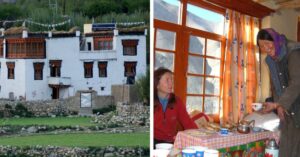They Are Making Emergency Healthcare Easy And Available For All
With increasing population and limited resources, emergency healthcare sure needs immediate attention in India. In an emergency situation, when both patients and their families are clueless, we need a centralized system that could bridge the information gap between hospitals and patients. Started by four friends, KMES helps you get access to the right medical care at the right time.
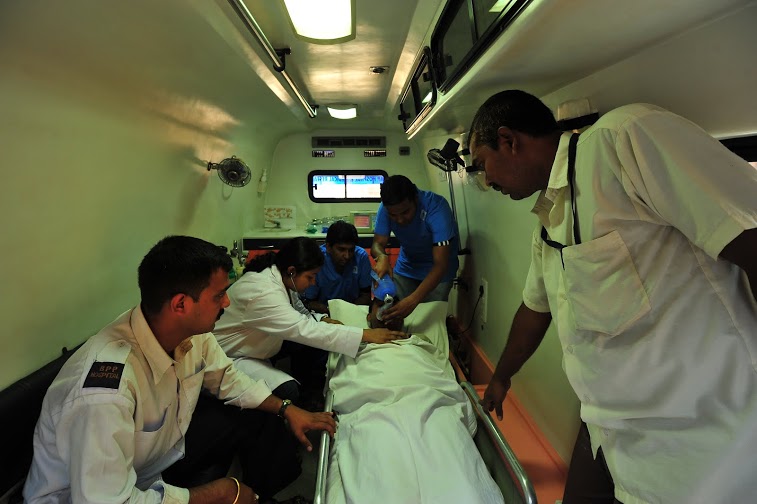
With increasing population and limited resources, emergency healthcare sure needs immediate attention in India. In an emergency situation, when both patients and their families are clueless, we need a centralized system that could bridge the information gap between hospitals and patients. Started by four friends, KMES helps you get access to the right medical care at the right time.
India is a densely populated country and often when it comes to the healthcare system, patients and their families are found confused and clueless about what to do in case of emergencies. Usually a patient needs to wait for an ambulance and sometimes, due to lack of time, is transported in a vehicle without proper paramedic support.
The real trouble starts when the patient reaches the hospital. As not all hospitals have special units like the ICU, the patient has to be accommodated in the general room. Another big issue arises when it comes to getting the required blood. Most of the hospitals are always short of blood and blood products, an issue further complicated by many formalities and paper work leading to a lot of time being wasted to arrange for certain blood groups. Due to all this confusion, the golden hour of saving the patient is wasted, resulting in the loss of life.
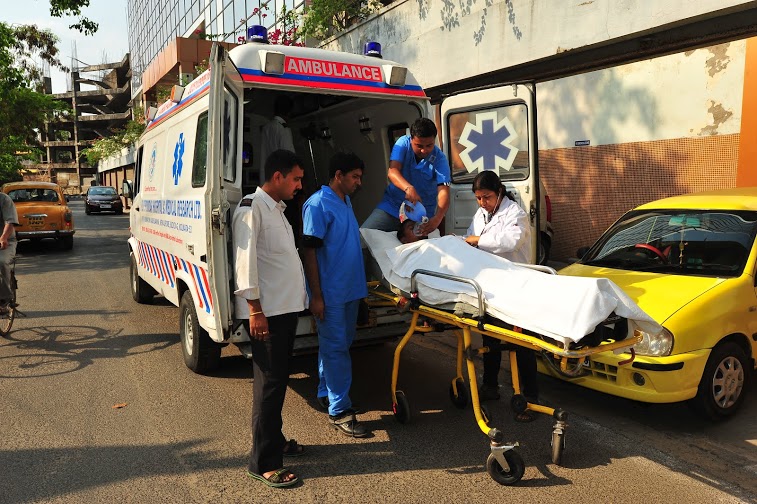
In a country like India, which does not have a centralized emergency healthcare system, it becomes difficult to solve the issue and we have become accustomed to leaving everything to fate.
Four friends decided to change that. They embarked on improving the condition of Indian emergency healthcare system through their non-profit organization, Mission Aarogya. Rajib Sengupta, his wife Rita Bhattacharya, Dr. Tanmoy Mahapatra and his wife Dr. Sanchita Mahapatra old friends from school, met in the US after many years and decided to come together for a better cause.
“Initially the idea was very simple – to provide an ICT (Information and Communication Technology) platform where practice-based information would be collected for generating health evidences. This would also ensure continuity of care for individuals,” Sengupta says.
The start
After much research, they came to the conclusion that the US-based model of 911 emergency healthcare which is controlled and financed by the government, wouldn’t work in India due to the diversity of the population here.
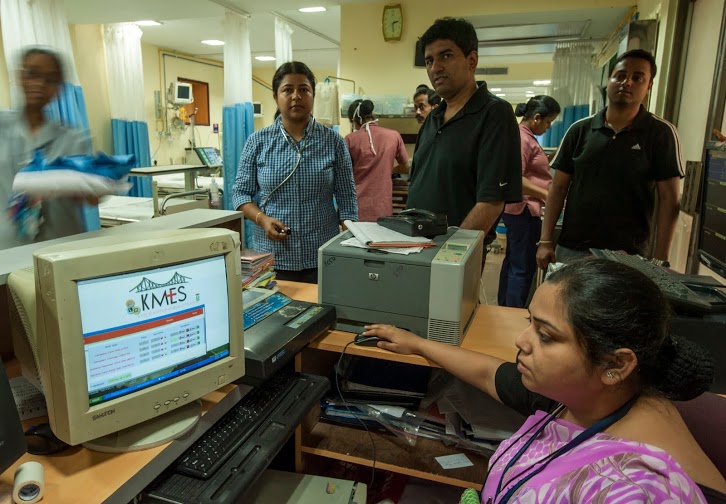
“The only way our organization could have an impact in social issues was by making our (tech) innovations have a direct impact in the daily life of the general public. At the same time, it needed to be something that was easily accessible by all, irrespective of their economic and social status, otherwise it would be another “rich man’s toy”,” Sengupta says.
A medical emergency system consists of three stages: “Sense”, “Reach” and “Care”. The “sense” is to locate the nearest facilities, “reach” is to get to the facility under proper care, and the “care” is handled by the respective facilities upon arrival – often the “sense” and “reach” happens together.
“It became very evident to us that in Kolkata, the hospitals were doing a great job in the “care” part, but the “sense” and “reach” aspects were severely lagging,” he says.
Gradually the Kolkata Medical Emergency System (KMES model) was developed which was based on the following two key concepts:
- Instead of introducing a new emergency service, enhance and strengthen the existing one
- Empower citizens for a crowd-sourced, quick response
How does it work?
KMES is a self-sustainable model as it is not introducing any new services but is an enhancement of the existing emergency services. A 24×7 emergency inquiry center will integrate and enhance the isolated emergency providers in urban areas, both public & private, to create a standardized, centralized and integrated, real-time Medical Emergency System.

KMES is gathering and broadcasting the fundamentals of urgent care, the availability of Critical Care Unit (CCU) & blood products, to all, irrespective of social & economic status. Healthcare providers, emergency respondents and disaster management agencies will all get the same information.
“As explained above, KMES relies on a very simple assumption – instead of competition, let’s collaborate. And not only collaborate among institutions but bring the general public in the mix too. When proper tools (such as information) are provided to the general public, they can do wonders,” Sengupta says.
KMES helps the patient and his/her family to access the data from various sources like SMS, phone, internet, etc. This results in quicker actions and helps in saving more lives.
The challenges
Bringing a centralized system was not that easy. “Each hospital has different workflow and it is very difficult to standardize Bed Management,” Sengupta says.
The hospital information management systems are proprietary, closed and isolated. Several of them do not have any in-house IT staff to integrate the internal systems. Also, they do not want any automated interface between their internal system and KMES due to fear of theft of patient list. These makes KMES’s task more uphill.
The future
Sengupta and his team plans to take KMES to other parts of West Bengal. They will concentrate more on making available Critical Care Units, ambulances and blood at the nearest location. In the next phase, they will also be strengthening the existing ambulance services in Kolkata and making blood bank information easily available.
The ambulances will be equipped with GPS tracking software to capture real-time location & availability information. Next, paramedic training will be provided to the networked ambulance staff and then, a multi-lingual emergency response centre will help in dispatching the nearest networked ambulance & paramedic, who, after stabilizing the patient, will transport him/her to the nearest facility.
Another step the team wants to take is to launch a Free and Open Source Software (FOSS) platform, and share the best practices for implementing an emergency medical system in densely populated urban areas.
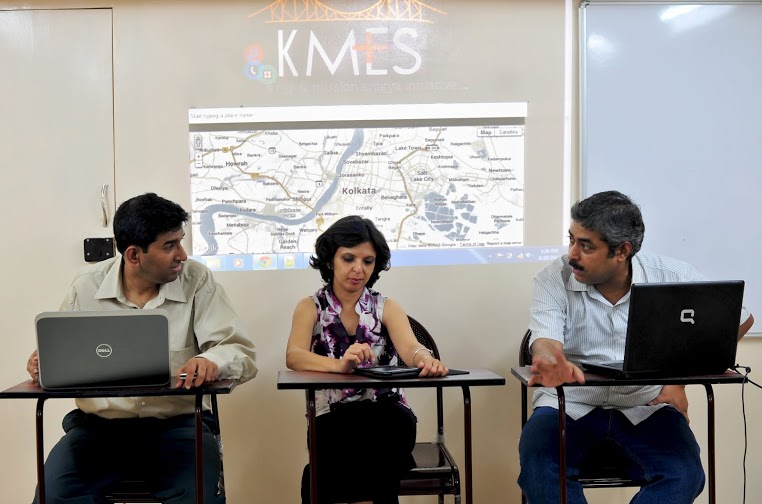
“With minimal changes, it is likely that the system can be implemented in other cities in India as well as across South-East Asia, Africa, and Latin America. KMES can help other civic bodies and governments to implement this system in their respective cities based on the best practices learned during the pilot implementation. We are already in discussion with an NGO in Cairo, Egypt,” Sengupta says.
Awards and Recognition
KMES was one of the eight winners of the 2012 Innovation Challenge organised by the Rockefeller Foundation and received a grant of $100,000 to set up FOSS. KMES also bagged second prize for healthcare innovation in the Emergency Service Award programme conducted by AIIMS, New Delhi. In addition to this, they have been winners in the Innovation Category of Ashoka Changemakers ‘Safer Roads Safer India’ contest and awarded by Grand Challenge Canada in its Stars in Global Health program.
KMES aims to become a reliable model that could change the current medical condition of the country. Sengupta and his team have come up with a solution that can do wonders with the existing resources. It does seem like if you actually think it through, there isn’t any problem that cannot be solved.
To know more about this initiative, visit their website. They also have an android app which can be downloaded from here. Other mobile users can get information at this link.
Like this story? Or have something to share? Write to us: [email protected], or connect with us on Facebook and Twitter (@thebetterindia).
This story made me
-
97
-
121
-
89
-
167
Tell Us More
We bring stories straight from the heart of India, to inspire millions and create a wave of impact. Our positive movement is growing bigger everyday, and we would love for you to join it.
Please contribute whatever you can, every little penny helps our team in bringing you more stories that support dreams and spread hope.







